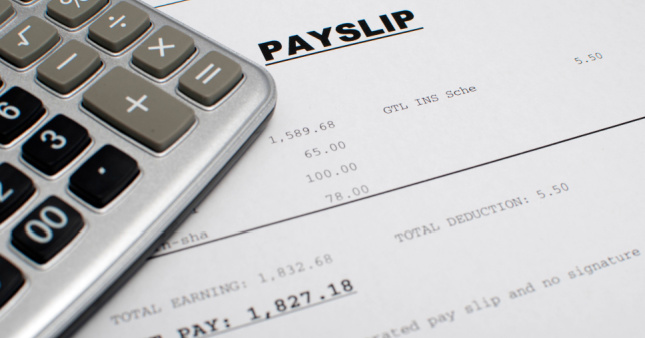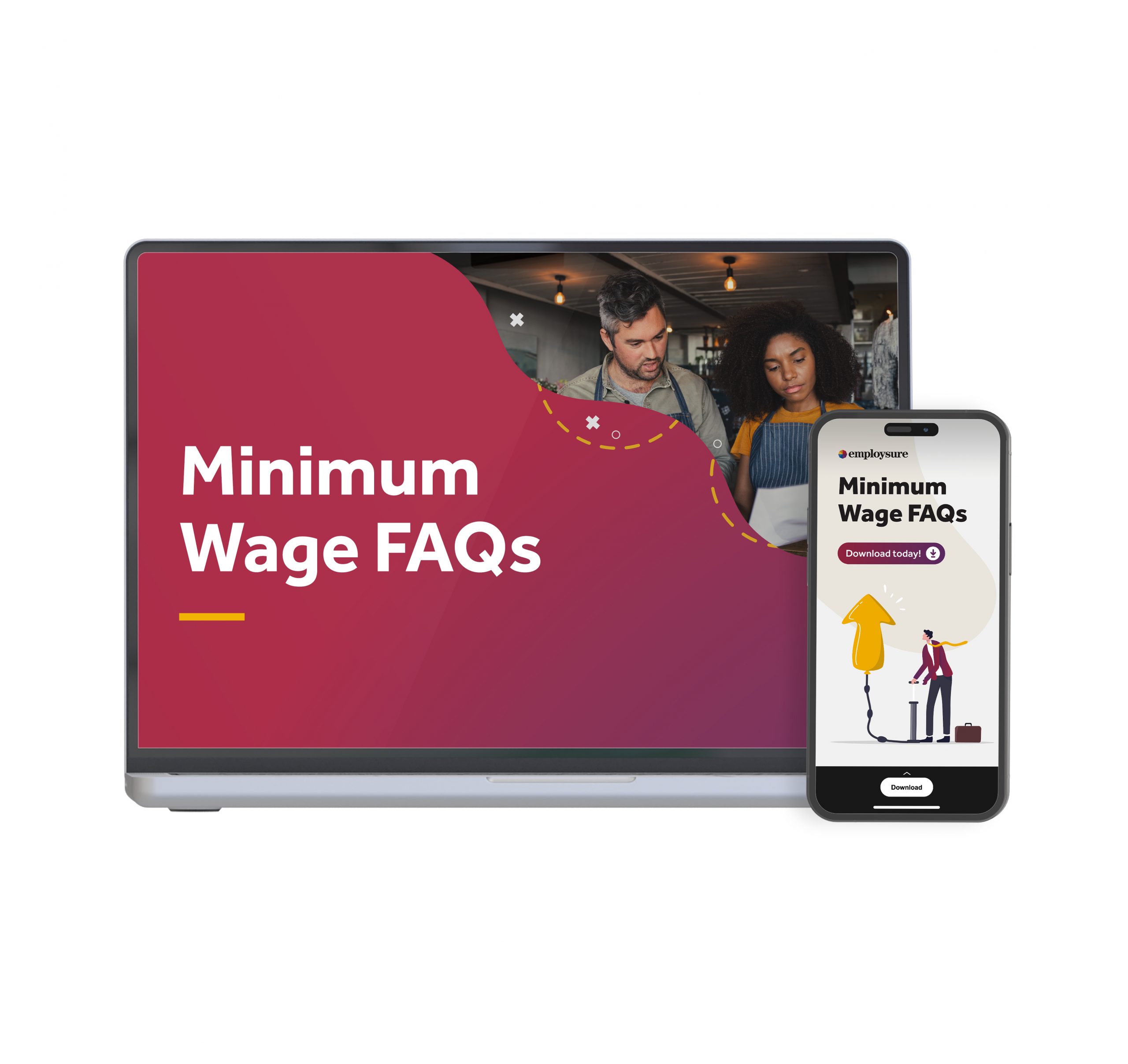
What is a payslip?
A payslip is a document that an employer gives to an employee at the end of each pay period. A payslip gives the employee a breakdown of important pay-related information, such as their total wages earned, as well as any income tax, overtime, holiday pay, bonuses, or commissions.
Do employers have to give payslips?
As an employer, you may ask yourself whether you need to give your employees a payslip. Unlike in some other countries, it is not a legal obligation for employers to supply employees with payslips in New Zealand (unless it is laid out in an employment agreement).
However, payslips give employees useful information and it’s considered best practice to issue all employees with payslips at the end of each pay period.
As an employer, it’s vital to ensure all the information given in payslips is up to date and accurate, which can help to avoid any pay disputes with your employees.
What information should be in an employee’s payslip?
There are several important pieces of information that every employee’s payslip should cover. These include:
✔ The employee’s name: Every payslip should begin by clearly stating the employee’s full name. This will help to ensure that the slip is issued to the correct person.
✔ Your business/organisation name.
✔ Your NZBN: Your New Zealand Business Number (NZBN) is a unique identifier that inland revenue uses to track your business for tax purposes.
✔ Pay period dates: The payslip should specify the start and end dates of the pay period that the employee is being paid for.
✔ Payment date: This is the date that the funds will be deposited into the employee’s bank account.
✔ Hours worked: If the employee’s pay is calculated based on an hourly rate, the payslip should show how many hours the employee has worked and the normal hourly pay rate.
✔ Gross earnings: This figure should reflect the employee’s total earnings for the pay period before any taxes or deductions.
✔ Net pay: This figure is the ‘take home’ amount the employee will be paid after taxes and deductions.
✔ Additional earnings: This covers any overtime pay, bonuses, commissions, or additional entitlements that can be singled out for the pay period.
✔ Taxes withheld: This is the amount of money that has been withheld from an employee’s pay as tax under PAYE.
✔ Superannuation: This specifies the amount of money that has been paid into to the employee’s KiwiSaver, or any other payments into the employee’s chosen superannuation account.
✔ Leave balances: Not every employer chooses to include this information, but it can be useful for employees to view the balances for their annual holidays, alternative holidays and sick leave.

Minimum Wage increased on 1 April. Is your business ready?
As a business owner or employer, you may have questions about the latest wage increase and what it means for you. We have created FAQs to help you prepare your business.
How and when should payslips be given?
Payslips can be issued on paper, electronically, or both. With most companies supporting sustainability, it’s common to supply them electronically via an email or through your company’s HR platform.
Payslips contain sensitive information, so in the interests of maintaining data privacy it’s important to ensure paper copies of payslips and any financial data are securely stored throughout the payroll process.
Most businesses will supply a payslip no more than one working day after the employee’s pay day, although some businesses may provide it earlier.
How should employers create and format payslips?
In terms of how you format and lay out the information in your payslips, the order shown above should work perfectly.
Rather than calculating payslips manually with Excell, there are a range of software solutions that allow you to easily automate the process.
Payslip generators offer customisable templates, which the software’s AI then populates with information based on an employee’s unique payroll data.
How do payslips help the payroll process?
Creating payslips with all the critical information can help your payroll staff with record keeping, ensuring they have accurate and complete data for each pay cycle.
Payslips also ensure that employees receive the correct pay and entitlements, helping you avoid unnecessary disputes with your employees.
Do employees have a right to ask for payslip information?
If your employees don’t get payslips, or their payslips don’t have enough information, they have a right to ask you to write down the things they want to know.
In this case, you’re obligated to supply any records they request related to hours worked, wages, holiday, leave balances, taxes, commissions, and KiwiSaver payments.
If there is anything about the information you supply that they don’t understand, you must explain it when an employee asks.
Frequently Asked Questions
Should payslips cover superannuation?
Yes – payslips should show all deductions you have taken from your employee’s gross salary, including for KiwiSaver. You should also give information about any employer contributions to your employee’s chosen superannuation fund.
Can I recover overpayments?
If you have accidentally overpaid an employee, and you did not lay out specific terms in your employment agreement on how to manage overpayments, you need to follow a standard process. This includes getting written permission from your employee to make a deduction in the next pay period. You must recover the overpayment within two months of giving them notice about it.
If an employee refuses to agree to the recovery of an overpayment, you can try to obtain approval through a court order or the Employment Relations Authority. To avoid this situation, ensure an overpayment process is written into all employment agreements.
if you’re a Kiwi business owner with questions about wages and pay, contact Employsure’s FREE 24/7 Advice Line on 0800 568 012.



